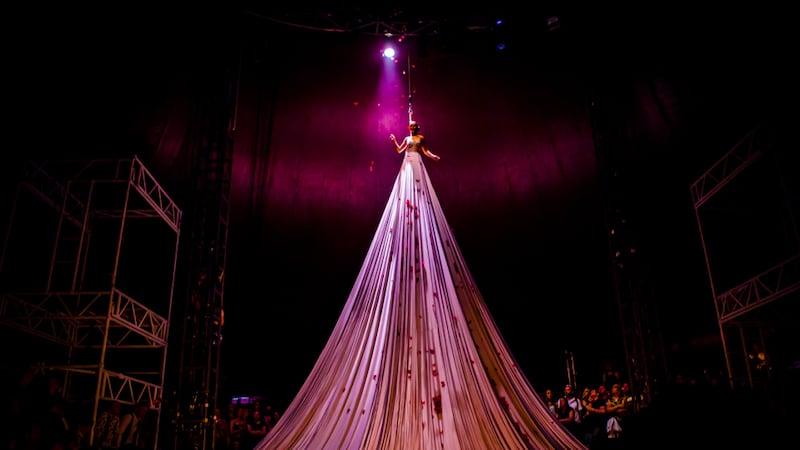Discover the cultural connections between Wales and Ireland during a celebration of creativity across both nations in Dublin (March 9th - 13th). Hosted by Welsh Government and partners at The Wales Dome, Epic CHQ, Wales Week Dublin is set to bring an exciting showcase of cultural, academic, business and community links built on shared past and future.
Connections run deep
Ireland and Wales is separated by just 50 miles of Irish Sea, but connected in a myriad of ways. From language and legends to coastal habitats and arts: some centuries old, some new and flourishing. The Ireland-Wales connection is one rooted in the past with its sights firmly set on the future.
But what is it about Wales and Ireland that make connections run deep? We take a look at some of the key cultural truths that connect us across the water.
Connections through storytelling
Two proud nations of storytellers. Legends of old and tales of the new told in Irish, told in Welsh, told in English. Two cultures with a passion for passing down stories through generations, creating feelings of ‘cwtch’ (warmth and affection) and stirring ‘hwyl’ or, of course, ‘craic’.
In literary terms, both Ireland and Wales can lay claim to being home to some of the giants of literature and poetry, all of whom have added to rich cultural fabrics of their respective nations.

In Wales, literature and poetry - new and old - is celebrated each year at the Hay Festival. Held in the market town of Hay-on-Wye in mid-Wales, for 10 days a year writers, poets, musicians and speakers descend en masse to speak, debate, perform and, of course, tell stories. And the festival itself contains connections therein. This year's line-up, for example, features noted Welsh authors including Maris Ellis Dunning and Rhiannon Hooson, while legendary singer Van Morrison and classical singing duo, Aled Jones and Russell Watson, are just a few of the other names announced so far.
Connections with language
With storytelling comes the language in which tales are told. For Ifor ap Glyn, the national poet of Wales, the Welsh language is a key part of Welsh culture, for the people who speak it and those who don’t. As Ifor says; “we have a saying in Welsh; 'Cenedl heb iaith, cenedl heb galon' – 'A nation without a language is a nation without a heart.'"
The Welsh national anthem, Hen Wlad Fy Nhadau (Land of My Fathers), is a regular fixture on the international stage at sporting events, none more so than at rugby matches, where it is sang with pride by Welsh and non-Welsh speakers alike. And it’s this pride that is only matched through the Irish national team and fans singing Amhrán na bhFiann at full volume at their fixtures. Welsh and Irish voices raised in song. Young and old, players and fans, united in their national pride and unique, yet linked, national or joint national languages.
And these are languages that both countries are keen to see prosper and remain. In fact, so crucial is the Welsh language that there is a commitment from Welsh Government to have 1 million Welsh speakers by 2050, ensuring its safe passage to the next generation. While, in Ireland, this year marks the halfway point of a 20-year strategy to increase and retain the use of the Irish language.
Connections through music

It’s not only our national anthems that unite us culturally. For both nations, music plays a strong role when it comes to defining cultural identity. From choirs with a modern twist, such as Wales’ Only Men Aloud or rock music that spans all territories. Think Manic Street Preachers, Cerys Matthews, Gruff Rhys (Super Furry Animals), music is a great source of national pride, and a great leveller.
And it's the access to live music that is such a pull on both sides of the Irish Sea. In Wales, you can experience everything from the National Eisteddfod of Wales - the biggest poetry and music festival in Europe – to the Wales Millennium Centre, which is home to the BBC National Orchestra of Wales and the Welsh National Opera.










